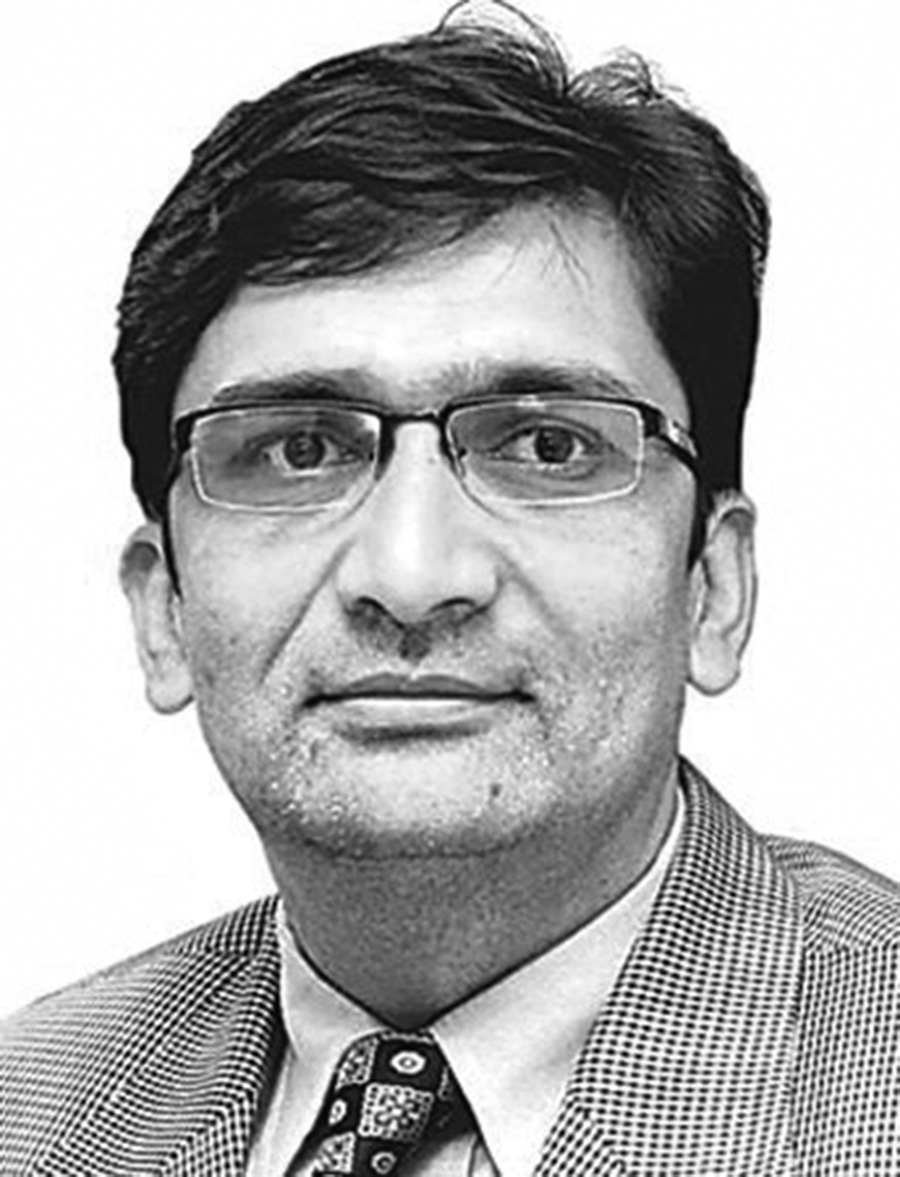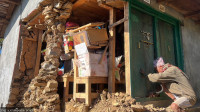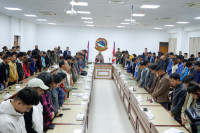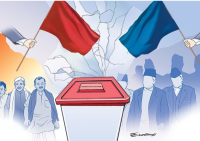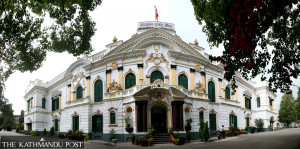Columns
Deepening federal democracy
The experience of the last five years shows that federalism has empowered local units.
Achyut Wagle
Under the federal democratic constitution, Nepal impressively concluded the second local level elections on May 15 upon the expiry of the tenure of the first batch of local representatives elected five years ago. The final results of these polls for 753 local units (293 municipalities and 460 rural municipalities) are public, except for one municipality. This certainly is a much-needed milestone toward institutionalising and deepening the federal democratic dispensation of Nepal. Undoubtedly, such a timely change of guard in the local government through essentially free and fair elections is a celebratory achievement; even more important is the new wave of assertion, particularly among better-educated youths, to lead and improve local governance.
Apart from this, the immense maturity exhibited by the electorate has unleashed a new wave of optimism in Nepal's fledgling democracy. Despite the political cartels created in the name of electoral alliances of many hues by the national parties and imposed up to the local level by the central leadership, voters exhibited greater preference towards the persona and freshness of the candidates regardless of their ideological leanings. A case in point is Kathmandu Metropolis itself, where not only did independent mayoral candidate Balen Shah secure an impressive victory, young Sunita Dangol, who campaigned on a UML ticket, got elected by the widest margin in this election.
Political trends
This election, in essence, uncovered several likely political trends that may provide an essential understanding of Nepal's future political course. The previous office-holders who underperformed but were repeatedly propped up by their parties were resoundingly beaten, while performers like the mayor of Lalitpur, Chiribabu Maharjan, easily got re-elected. The temptation of even incumbent Provincial Assembly members and former ministers and Members of Parliament to run for mayor of the municipality is testimony to the fact that local level governments, akin to the desired spirit of federalism, have during the last five years of constitutional exercise, emerged as entities with the scope of enjoying true state power.
The experience of the last five years of local government has shown that federalism has undoubtedly empowered the local governing units. The financial resource availability is significant. The local people reaching out to municipalities for judicial service has significantly grown, as evidenced by the highly increased number of petitions compared to the district average when there were only district courts for the service. This indicates increased access to justice, particularly for disadvantaged and vulnerable groups.
A significant number of youths, about 42 percent under 40 years of age, will now be running the local governments for the subsequent tenure. Although the election of only 25 women among the chiefs of 753 total local units is inadequate, the fact that more than 75 percent of the deputy mayors or vice-chairs are women provide a much-needed political platform for them to be trained as future leaders.
Similarly, the election of more than 40 differently-abled municipality/rural municipality chiefs only indicates the progressively inclusive mindset of Nepali society.
Of course, numerous caveats remain. Despite the constitutional reservation of electing one Dalit (downtrodden) woman in each of the 6,743 wards, 123 wards did not find even a single aspirant under this category. Some seats reserved for women members have also remained vacant. Ironically, such vacant positions are primarily in the local units of those areas where the need to empower these marginalised and excluded ones is most pressing.
One of the critically missed agendas during the first tenure of the local elected representatives was their capacity building in semi-technical domains of financial management, adjudication and governance. Despite their constitutional authority, in the absence of the required skills in budget formulation, project selection and management, and public procurement, the authority's actual exercise and subsequent development outcomes remained sub-optimal nationwide.
Similar constraints were widespread even in urban municipalities due to a general lack of knowledge about jurisprudence among the deputy chiefs responsible for the job. Inadequate deputation of civil servants and their frequent transfers adversely impacted the quality of service delivery, along with widely reported instances of corruption and irregularities. The absence of the state's ombudsman mechanism at the subnational level has increased the chances of impunity.
Ideally, the presence of state watchdogs is not expected to be omnipresent. So, the check-and-control mechanism is expected to be inbuilt into the local government operation itself. In light of this past experience, adequate capacity building initiatives are better put in place right at the beginning of the tenure of the newly elected executives, at least for those holding positions with critical responsibility.
The local election outcome also reflected the fact that the performance of local elected representatives has remained under the constant gaze of the electorate, and they stand ready to punish non-performers through the ballot. "Large party" hegemony and dictum are secondary to a voter's conscience. This is the beauty of democracy as a self-correcting system, and these emerging traits are also fitting answers to detractors of the federal polity. People summarily rejected anti-federal forces like Bibeksheel Sajha Party which claimed to be an alternative to the "old" political order.
Local government
In a nutshell, the essence of empowered local government is now beyond any question in all pantheons of political philosophy. But the rationale and efficacy of the provincial governments still do not seem to be a resolutely settled agenda. The onus of re-establishing both—rationale and credibility in terms of performance and service delivery—are certainly on the shoulders of these provincial units. The legal and institutional foundations that are yet to be completed were constraints during their first five-year tenure. But politically, the provincial legislative and executive setups are the true bedrocks of Nepal's federal nomenclature; thus, their very existence is beyond question. However, this theory of political necessity should not be an incentive for leniency in performance.
And, in a matter of months, a new set of members with a fresh mandate are slated to be elected to both provincial and federal legislatures. Under the new setting, only a renewed level of cooperation among all three tiers of government—federal, provincial and local—can plug the holes that surfaced in the system during the last seven years of implementing the federal constitution. Everything else, effectively empowering the local governments to exercise the entire gamut of state authorities vested in them by the constitution, is a sine qua non for the consolidation and deepening of the hard-earned federal democracy of Nepal.




 19.12°C Kathmandu
19.12°C Kathmandu